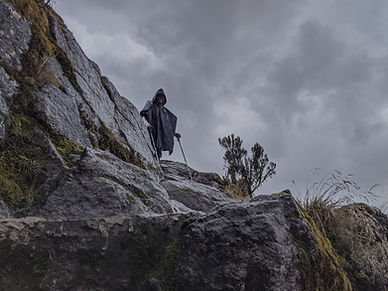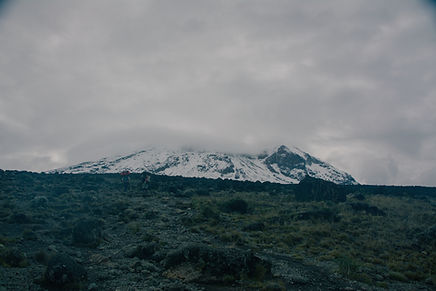The 6-day Lemosho Route is a challenging yet scenic climb on Mount Kilimanjaro, offering stunning landscapes and a high summit success rate for well-prepared climbers. This shorter version of the Lemosho trek skips an acclimatization day, making it suitable for experienced hikers confident in their fitness and altitude adaptability.
Unlike other routes, Lemosho provides breathtaking views, fewer crowds, and an excellent approach through the rainforest, Shira Plateau, Lava Tower, and Barranco Wall before reaching Uhuru Peak 5,895m.
✅ Best for: Experienced trekkers & those seeking a fast-paced Kilimanjaro climb
✅ Route Length: ~67 km (42 miles)
✅ Difficulty: Challenging (fast ascent, high altitude)
✅ Success Rate: ~65-75% (depending on fitness & acclimatization)
✅ Best Time to Climb: January-March, June-October
Tour Features
Budget camping
This is a budget camping tour.
Shared tour
On this shared tour, you will join a group of other travelers. Max 6 people per group.
Can start any day
If availability permits, this tour can start on any day.
Can be customized
You can request minor changes to the accommodations and destinations of this tour.
Suitable for single travelers
Single travelers can join this group tour.
Minimum age of 15 years
The minimum age for this tour is 15 years.
Activities & Transportation
Getting around: minivan & hiking/walking
A transfer from and back to the airport is included
Interested in This Tour?
Related Climbing Tours
5 Questions & Answers About the 6-Day Lemosho Route
1. Is the 6-day Lemosho Route suitable for beginners?
The 6-day Lemosho Route is not recommended for beginners due to the fast ascent and limited acclimatization time. It is best suited for experienced trekkers with good fitness and previous high-altitude experience. The 7- or 8-day Lemosho Route is a better option for beginners.
2. What is the success rate of the 6-day Lemosho Route?
The success rate of the 6-day Lemosho Route is around 65-75%, depending on a climber's fitness level and acclimatization ability. The rapid ascent increases the risk of altitude sickness, which can affect summit success.
3. What makes the 6-day Lemosho Route different from the 7- or 8-day versions?
The 6-day version skips an acclimatization day at Karanga Camp, making the ascent faster but more challenging. The 7- or 8-day versions allow more time for acclimatization, increasing the summit success rate and reducing the risk of altitude sickness.
4. What is the hardest part of the 6-day Lemosho Route?
The most challenging sections are:
-
The summit push from Barafu Camp to Uhuru Peak, which involves hiking in freezing temperatures for 6-7 hours at night.
-
Barranco Wall, a steep rock scramble that requires some technical climbing skills but is manageable with guidance.
5. What is the best time to climb the 6-day Lemosho Route?
The best time to trek Lemosho Route is:
-
January to March – Less crowded, cooler temperatures.
-
June to October – Best weather conditions, high summit success rates.
Avoid April, May, and November due to heavy rains, which make trails slippery.










